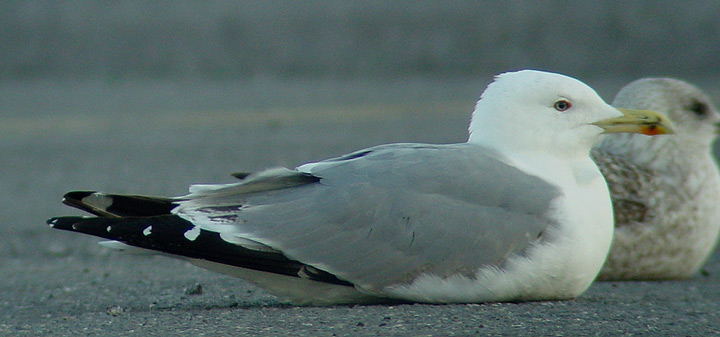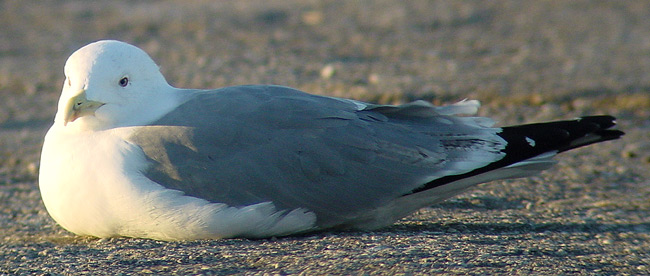 Yellow-legged
Gull - Geelpootmeeuw (L. michahellis): sub-ad January
Yellow-legged
Gull - Geelpootmeeuw (L. michahellis): sub-ad January
(last update: 08 december 2003)
Home
Links
to Gull Sites
Gull Taxa
Gull Topography
Grey & Colour Charts
Locations in NW Europe
Summaries of Articles
About ORG
@
YLG
1cy June
YLG
1cy July
YLG 1cy August
YLG 1cy September
YLG 1cy October
YLG 1cy November
YLG 1cy December
YLG
2cy January
YLG 2cy February
YLG 2cy March
YLG 2cy April
YLG 2cy May
YLG 2cy June
YLG 2cy July
YLG 2cy August
YLG 2cy September
YLG 2cy October
YLG 2cy November
YLG 2cy December
YLG
3cy January
YLG 3cy February
YLG 3cy March
YLG 3cy April
YLG 3cy May
YLG 3cy June
YLG 3cy July
YLG 3cy August
YLG 3cy September
YLG 3cy October
YLG 3cy November
YLG 3cy December
YLG
sub-ad Jan.
YLG sub-ad Feb.
YLG sub-ad March
YLG sub-ad April
YLG sub-ad May
YLG sub-ad June
YLG sub-ad July
YLG sub-ad Aug.
YLG sub-ad Sept.
YLG sub-ad Oct.
YLG sub-ad Nov.
YLG sub-ad Dec.
YLG
adult January
YLG adult February
YLG adult March
YLG adult April
YLG adult May
YLG adult June
YLG adult July
YLG adult August
YLG adult September
YLG adult October
YLG adult November
YLG adult December
photo 8645: Yellow-legged Gull michahellis 4cy, January 04 2002, Le Portel, France (50.43N,01.37E).
A sub-adult michahellis in 4cy as can be told by the very small white tips on the fresh outer primaries and the vermiculate pattern in the centres of the lower tertials. The white tip on P10 doesn't merge with the mirror but is separated by a broad sub-terminal band and even P5 shows a broad patch of black. Several features may indicate this bird is in 4cy (by January):
- The bill is not saturated yellow, but pale yellow, especially towards the very tip and the base of the bill.
- The bill has an obvious black mark on the upper and lower mandible near the gonydeal angle.
- The red spot on the gonydeal angle doesn't reach the cutting edge of the lower mandible. In older birds this red spot extends on the upper mandible.
- The iris is peppered or speckled, unlike the plain yellow iris in most older birds (5+cy birds).
- The wing-coverts have a brown hue, especially visible in the outer greater coverts, median coverts and lesser coverts in the carpal edge. The second and fourth greater coverts, which were moulted early in the season show paler fringes, a brown hue on the centres and dark markings towards the tips.
- The lower tertials and outer secondaries show patterns commonly found in third generation feathers: the tertials have dark centres with vermiculate spaghetti pattern towards the fringes and the outer secondaries show a brown hue on the centres, unlike the plain grey fourth generation secondaries found in 5cy michahellis.
- The primary coverts are just visible beneath the central greater coverts and show an all-dark centre with a small paler crescent on the tip. In older birds these primary coverts are all grey or at least show a grey base with sometimes some black (an accentuated shaft). Black in the primary coverts in 5+cy birds is often related to the size of the black on the primaries, which may "extend" on the primary coverts. In this individual the primary coverts are clearly not grey-based but typical third generation.
- The white tip on P10 doesn't merge with the mirror but is separated by a broad sub-terminal band and even p5 shows a broad patch of black. In older birds the black sub-terminal band on p10 is much narrower and the white mirror on P10 broader. The tips on fresh primaries are larger in adult birds.
- The tail show a small black spot on the tip of one of the central tail-feathers.

